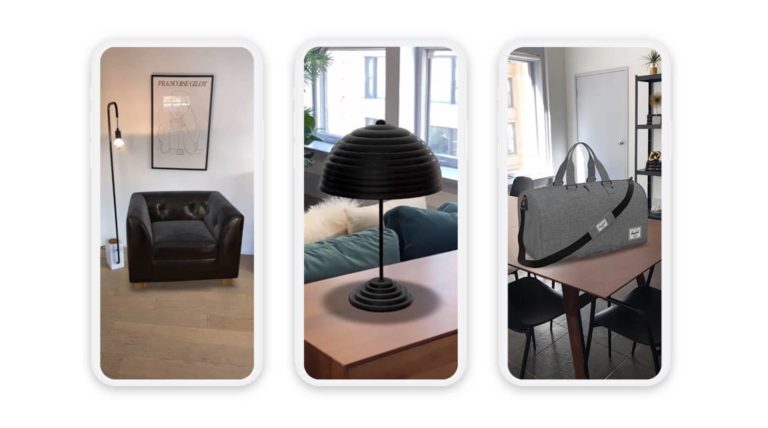
There’s growing sentiment in the mobile AR world that apps aren’t the optimal vessel. Yet the technology lives on a device where apps rule. 90 percent of mobile users’ time is spent in apps versus the browser. Can AR break that cycle? And if so, could web AR be the answer?
What is web AR? In short, it delivers AR experiences through the mobile browser. Advantages include dynamism for AR’s serendipity and short sessions, versus the friction of app stores and downloads. There, “activation energy” dampens already-challenged AR adoption.
For example, will consumers spend 90 seconds downloading an app for an experience that lasts 30 seconds? Consider this in light of dynamic AR activations within a store aisle or real-world social interaction. These scenarios happen fast and need AR formats that can be the same.
In these moments of dynamic activation, AR formats that can launch with minimal friction and maximum compatibility will gain the most traction. These factors will also grow in importance as brands and retailers increasingly plant AR activation markers on products and spaces.
But how will web AR reach that potential? What are best practices for web AR experiences and marketing campaigns? And who’s doing it right so far? Our research arm ARtillery Intelligence tackled these questions in its recent report, which we’ve excerpted below.
The Playbook
The question that flows from the web AR analysis so far in this report is how to get the most out of this channel. What’s the best way to build AR experiences and campaigns that lean into web AR’s advantages….or build around its relative shortcomings? Here are a few tactics:
Be omni-channel: Because of web AR’s “dynamic activation” explored last week, marketers can execute omnichannel campaigns. When a campaign lives on the web, it can be opened with a link, and therefore distributed to other channels, versus confined to one app.
That includes everything from product packaging to SMS. Beyond reach, this cross-channel ability taps into an AR advertising success factor we’ve examined: amortization. In other words, the cost to produce AR experiences can be spread across additional channels and campaigns.
Work Around Shortcomings: Back to AR’s functional shortcomings, it’s true that browser-based AR experiences, though constantly improving, are inferior in some ways to apps. The latter can better utilize native libraries for tighter integration with device hardware and processing.
Web AR experiences therefore should build around the medium’s attributes. Due to web-based delivery, Rock Paper Reality’s (RPR) Patrick Johnson advises minimizing file sizes and aiming for an overall compelling user experience, rather than prioritizing graphical intensity.
NexTech AR Solution’s* Paul Duffy likewise asserts that simplicity is key. Use clean design and large AR activation buttons that are above the fold on a given eCommerce page. Once users click, it has to be a seamless launch. Again, prioritize performance over graphical intensity.
Hold Users’ Hands: It’s also important in AR’s early days to guide users in explicit ways and hold their hands, even if it weighs down the experience from a design perspective. This includes graphical instructions about how to localize a device with plane detection markers.
When this is done right, experiences can sidestep some of web AR’s functional constraints. When weighing form and function, the ultimate goal shouldn’t be design awards and impressing other AR people, but rather user engagement and advertiser ROI.
Utility is King: AR will evolve and expand into new categories, but utility will be a common denominator. Just like early smartphone apps, there will be limited shelf life for novelty experiences. True utility, such as virtually trying on fashion items, will win in the long term.
We’ll pause there and circle back in the next installment with more web AR execution tactics…
*Editor’s note: the author of this article holds stock in NexTech AR Solutions. See full list of stock ownership, as well as AR Insider’s disclosure and ethics policy, here.






